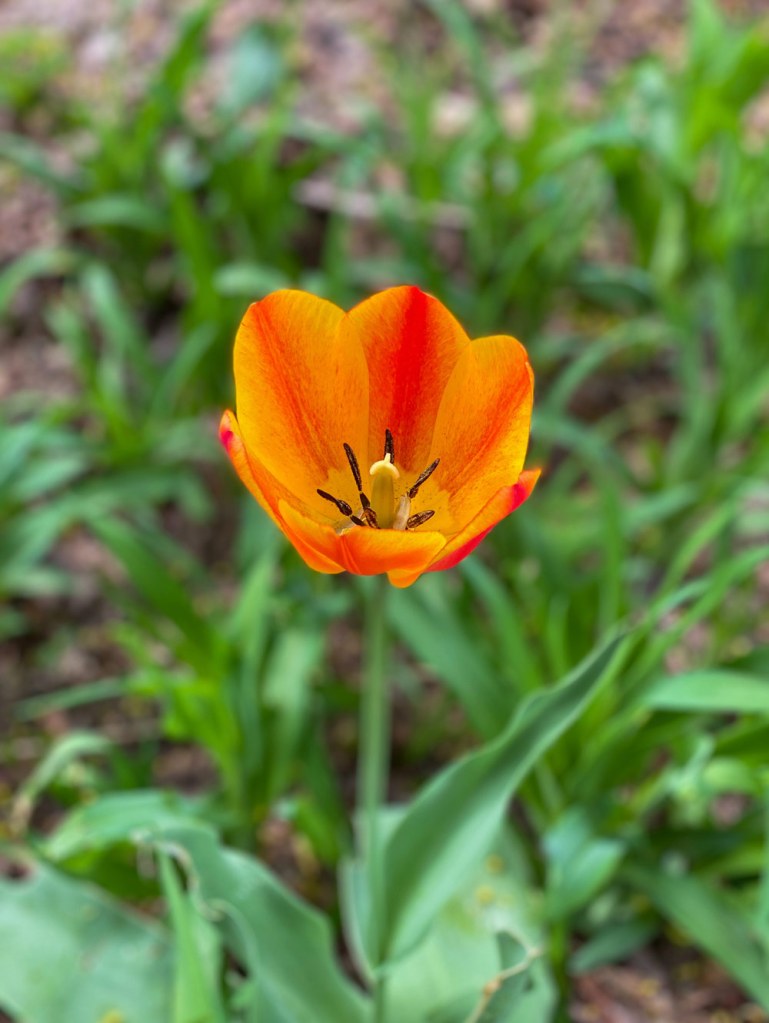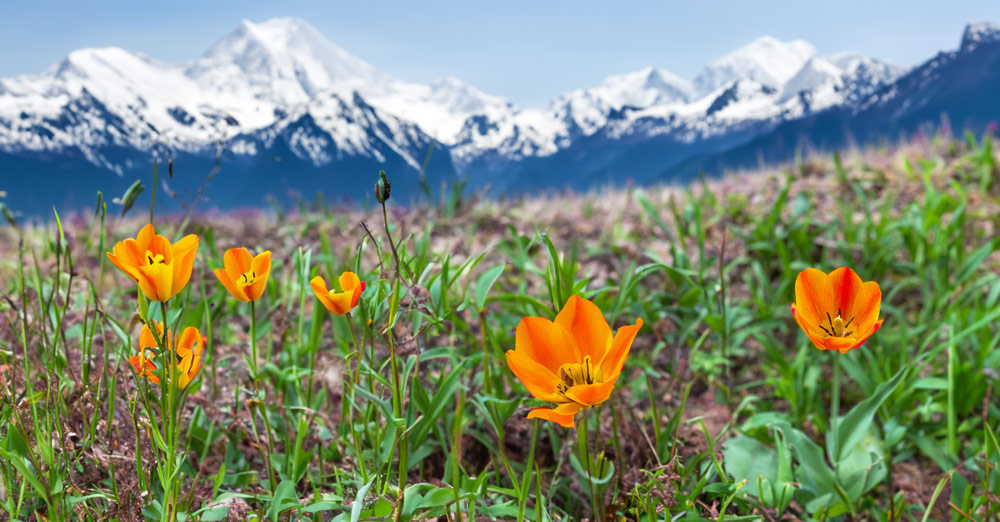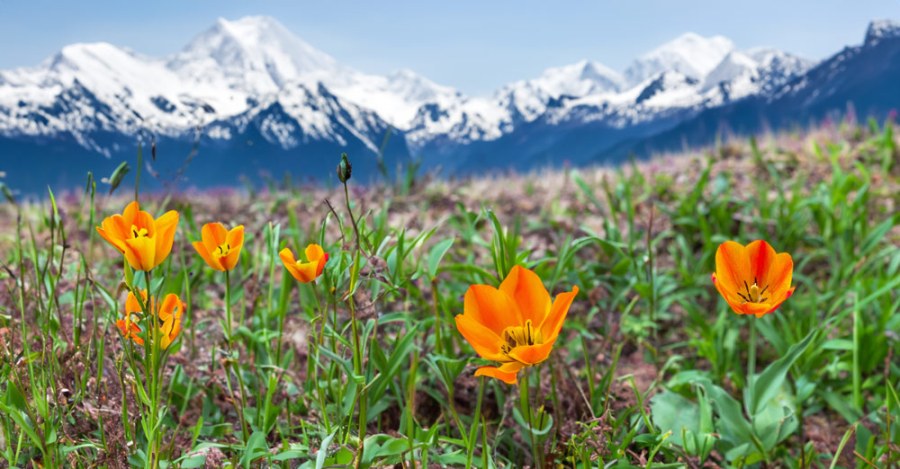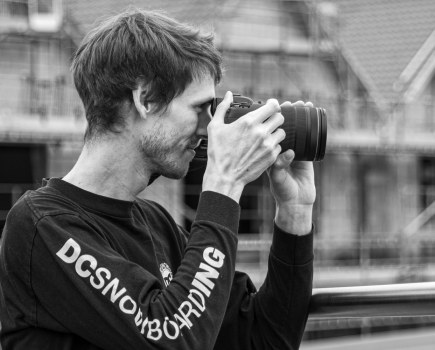The beta version of Adobe Photoshop, with its Firefly integration and easy tools for adding AI-generated images to your shots, is a knife in the back for photography, argues AP editor Nigel Atherton
Et tu, Adobe? For at least the last decade the photo industry has viewed the smartphone as an enemy that posed an existential threat to photography as we know it, but it turns out that the assassin has been standing right next to us the whole time, like Brutus, waiting for just the right moment to bury a knife in photography’s back.
The recent emergence of AI ‘photography’ will undoubtedly have a profound impact on the world of photography, especially in the commercial sector, but we can all agree that, despite its name, AI photography isn’t actually photography at all, it’s a computer simulation of photography.

Adobe’s Generative Fill in action. Adding an AI-generated car, pond and cloud now takes mere minutes
But by building generative AI into the latest version of Photoshop, and enabling users to seamlessy add entirely AI-generated elements to real photos as editable layers, Adobe has opened the cottage door and invited the bear in the woods to come in and make itself at home.
It has blurred the line between what is real in a picture and what is not. At least a smartphone camera is still a camera – it’s just a different shape. Despite the amount of AI that phones (and cameras) already use behind the scenes to make a pleasing image, there is still an assumption that their output is still vaguely a facsimile of reality.
But we’re now entering an era where we can no longer trust anything we see. And no longer can we ask the question ‘Is that an actual photo captured by a camera or an AI generated image’ because the answer will now increasingly be, ‘it is both’. That’s if we will ever know the answer, because unless all photos will carry some kind of identifying label stating whether AI has been used, we’ll never know.

A nice enough crocus…

The crocus is suddenly transported into the Sound of Music, thanks to AI
AI gone to the dogs
There is also the question of how the extra images you can add to your picture were created and paid for. Say you type in ‘sausage dog’ for example, to add to your original picture via the new Generative Fill tool. How will this affect payment to Adobe Stock contributors whose images were involved in the AI simulation of a sausage dog in the first place?
Adobe’s current line is that ‘we are developing a compensation model for Stock contributors, and we will share the details of this model when Firefly (Adobe’s AI model – Ed) exits beta.’ We fear the contributors are unlikely to be paying off their mortgages on it.
And here’s another question – if you type in a prompt for sausage dog, do you get the same results that I do, or are a newly created set of sausage dogs made every time? We’ve asked Adobe for clarification on these points, but it’s already feeling like a can of worms has been opened here.
Of course, Adobe is not alone in using AI. Lots of other firms in our industry are using it, too. Adobe might not be the pioneer here, but Photoshop is one of the best / most widely used pieces of software so it feels like bigger news.

Does your image of your pastel shirt collection need a questionable picture as the finishing touch? AI can help!
If you sup with AI, use a long spoon
All this said, I can’t help but feel that a world in which nobody knows what is real and what isn’t, what is truthful and what is completely made up, is not a healthy society. I would call it dystopian. We’re already living in that world to some extent, thanks to technology and social media. There is already overwhelming evidence of the catastrophic damage that social media is having on our kids, on our self-esteem, on political discourse and on democracy itself.
The tech industry presents itself as our friend – wooing us with videos of dancing cats and infinite shopping possibilities – while destroying millions of jobs and laying waste to entire industries. With AI ‘photography’ (we really need to come up with a better name for this new medium) it’s now the turn of the creative industries. Good luck to any kids out there who dream of working in photography or the visual arts when they grow up, or pretty much any creative industry.
A generation or two ago we always thought that robots would one day free us from the tyranny of mundane jobs and allow us to spend our time engaging in more creative pursuits. Who could have foreseen that it would be the other way around?
The views expressed in this column are not necessarily those of Amateur Photographer magazine or Kelsey Media Limited. If you have an opinion you’d like to share on this topic, or any other photography related subject, email: ap.ed@kelsey.co.uk.
Further reading
With Generative Fill, Adobe takes AI to a whole new level
Will AI replace photographers?
Adobe Photoshop review
Adobe launches its own AI image generator








